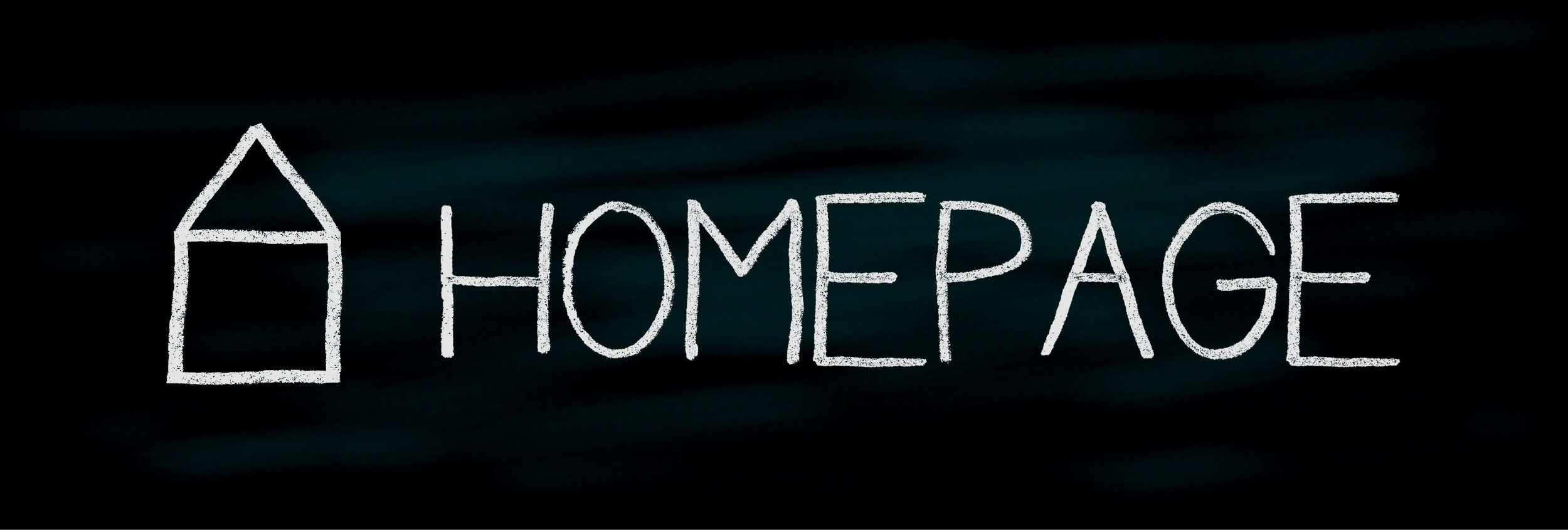One of the more challenging aspects of sepsis is that it can be contracted by anyone, and in a myriad of ways. And, while the symptoms are not always immediate clear, the outcome can prove to be fatal.
In July 2015, Kirsten Lavine entered hospital to undergo a diagnostic hysteroscopy. Instead of recovering normally from the basic day surgery, she developed severe sepsis and nearly died. This heartfelt account, written with tenderness, insight and even moments of humor, detailing her resolute journey on the road back to wellness.
A Measure of Light is in part a call to raise awareness about the life-threatening potential of sepsis, while championing the importance of taking charge of one’s recovery and following the path of healing that is right for you. It is intended both to educate and to provide support for others who have had similar experiences, and to inspire people to live life to their fullest potential.
A Measure of Light has been endorsed by the UK Sepsis Trust and as ‘an engaging and informative read…a valuable resource for health care professionals, while offering hope and encouragement to other survivors and their families.’
'A Measure of Light is a very informative and emotional book by a sepsis survivor. It provides a detailed insight into the nature of this terrible disease, and is encouraging not only for those affected and their relatives, but also for health care professionals', says Marvin Zick, General Manager of the Global Sepsis Alliance.
A Measure of Light will be published on September 7th, and there will be a launch event on World Sepsis Day (September 13th) at the Royal United Hospitals, Bath, UK. The book will be available to buy on Amazon.co.uk, and further information can be found here. Kirsten plans to give a number of talks to promote the book and share her experiences of surviving sepsis. Please contact her directly for further information.
Kirsten Lavine is a UK-based writer, teacher, and oral historian. She has written or been involved with various oral history publications, including: Bear in Mind: Stories of the Troubles, Yarn Spinning, Twin Spire Life, From Baltic Sea to Baltic Wharf and Hineni: Life Portraits from a Jewish Community.














